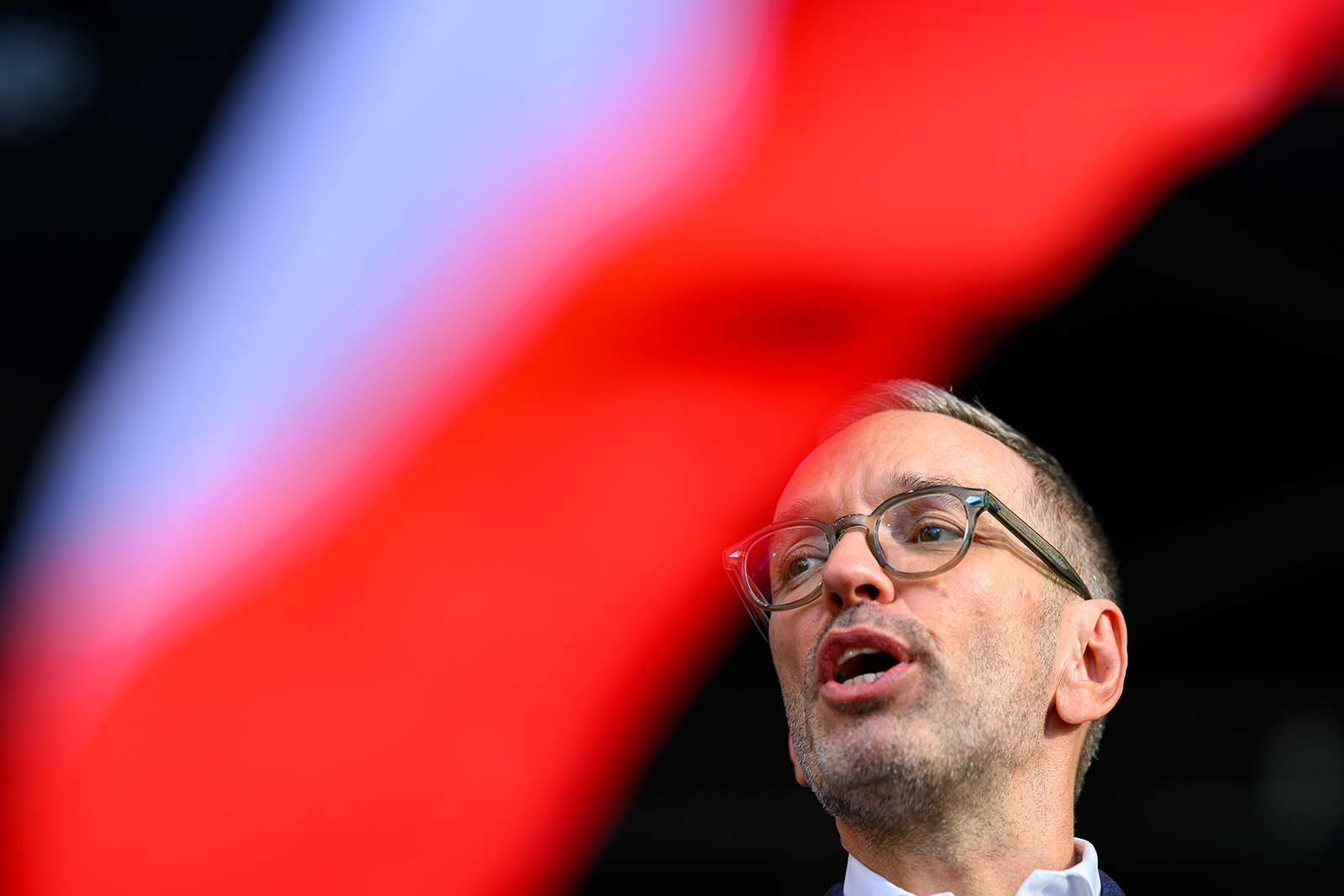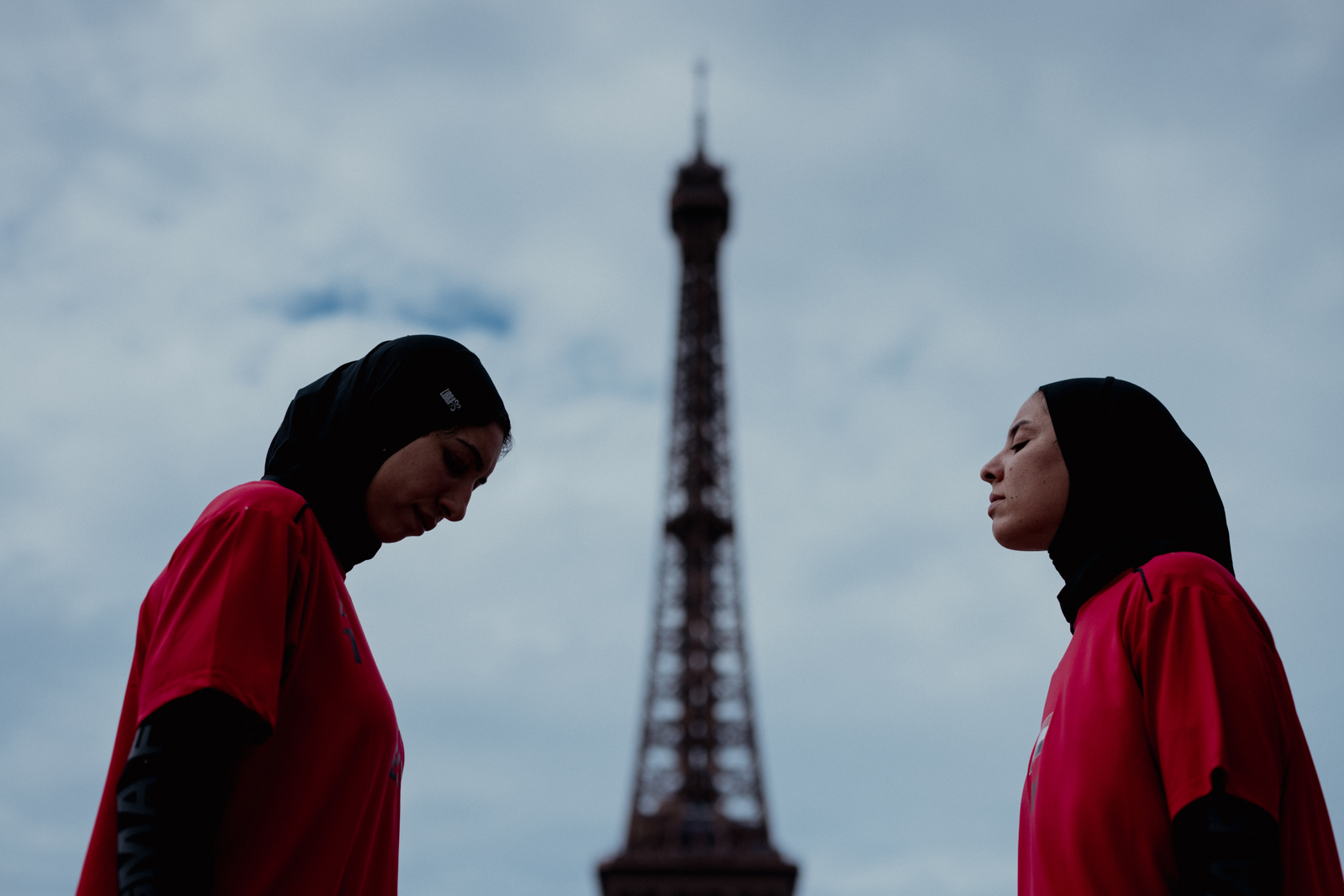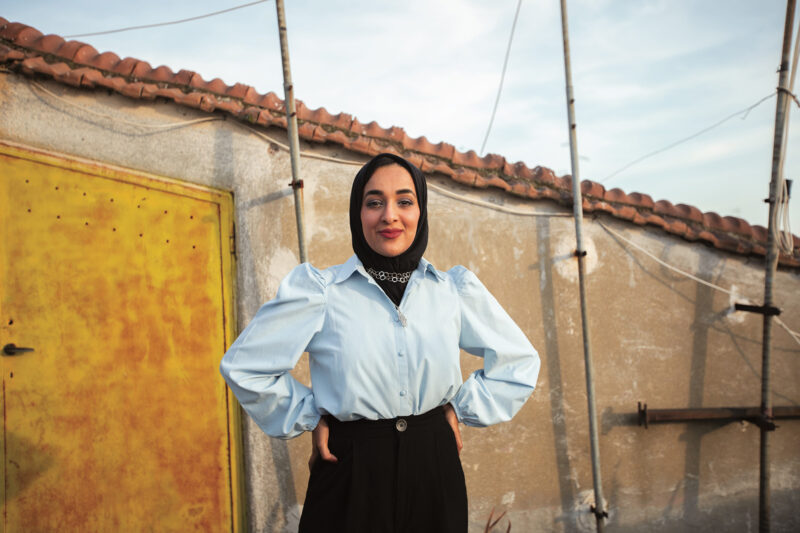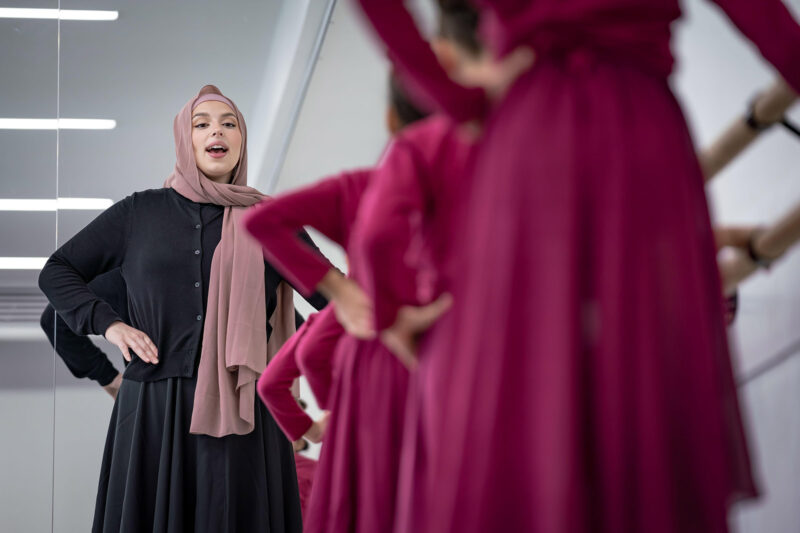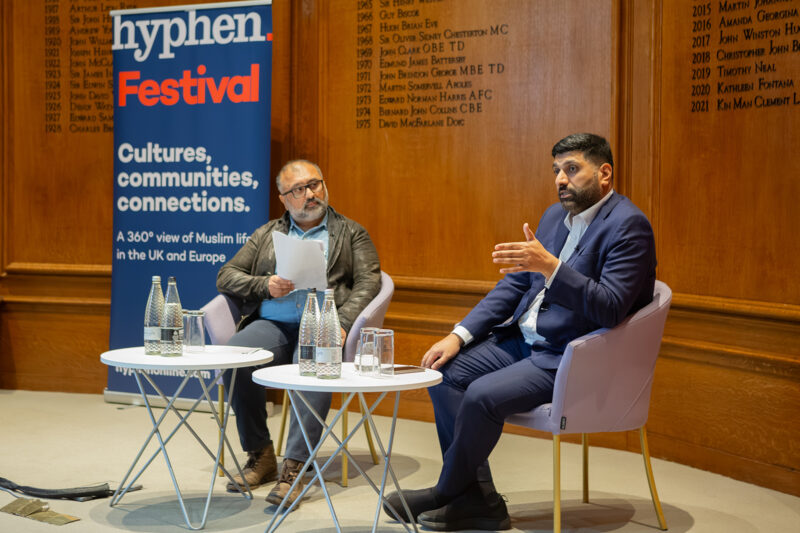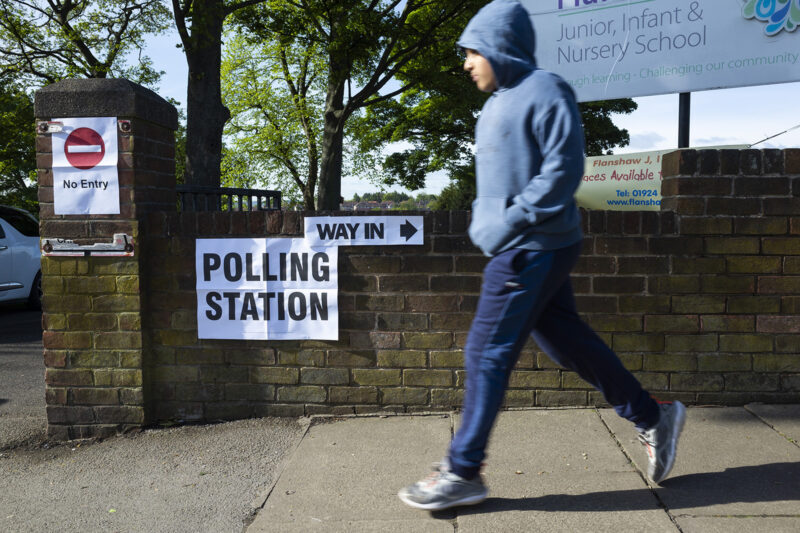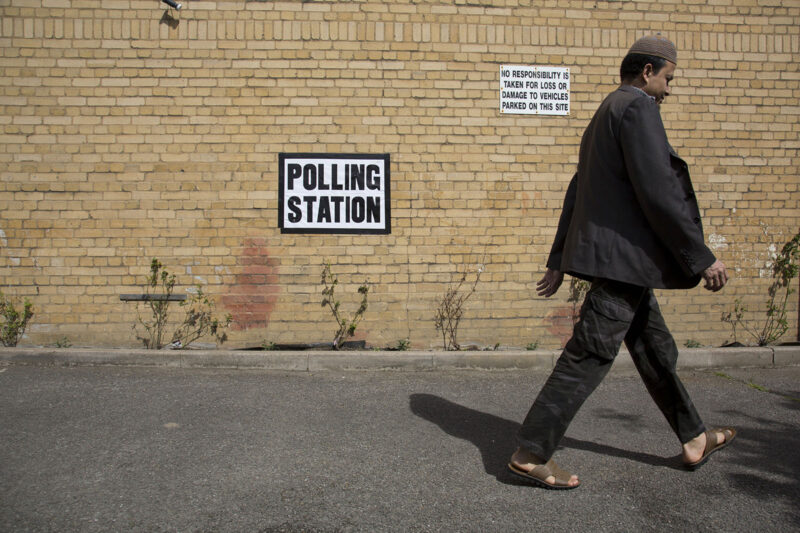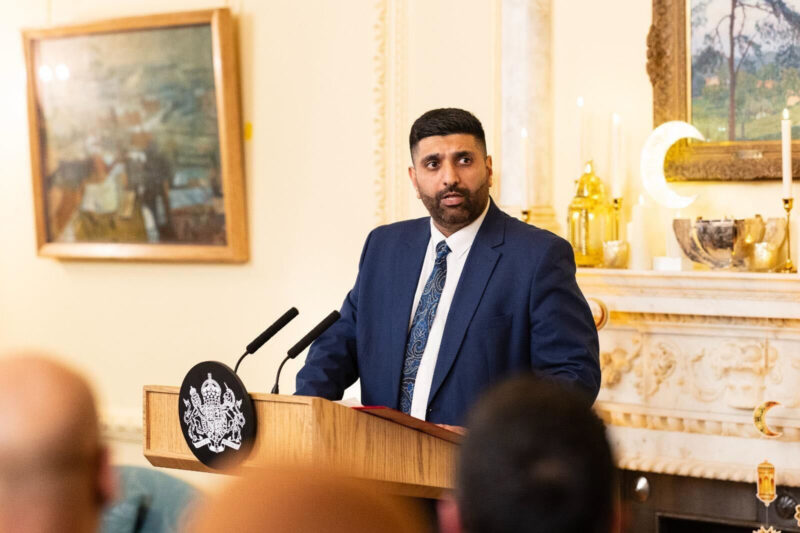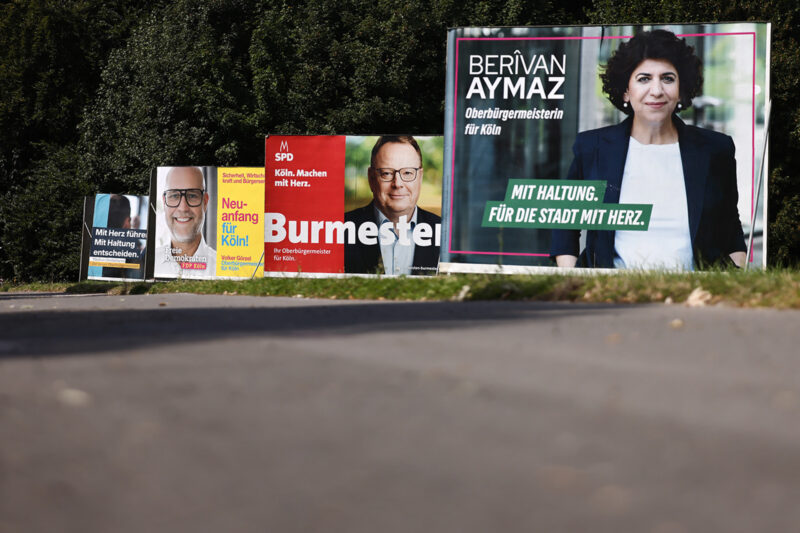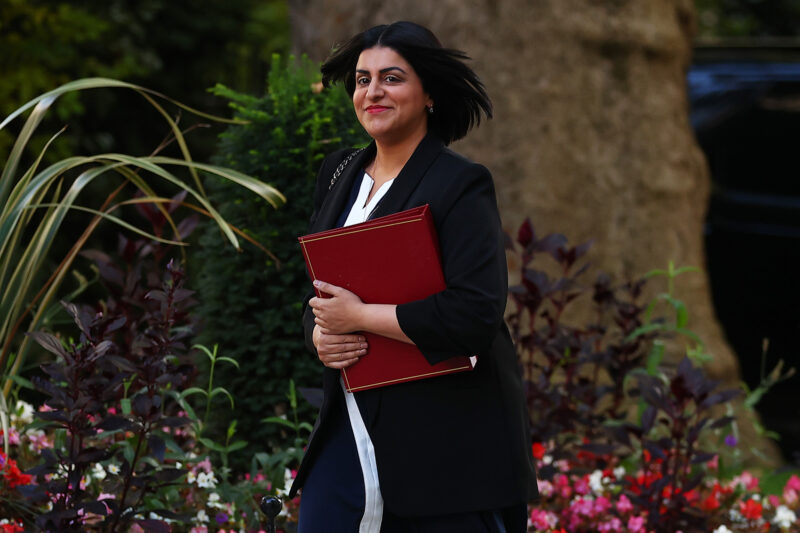Austrian Muslim groups plan legal challenge if latest hijab ban becomes law
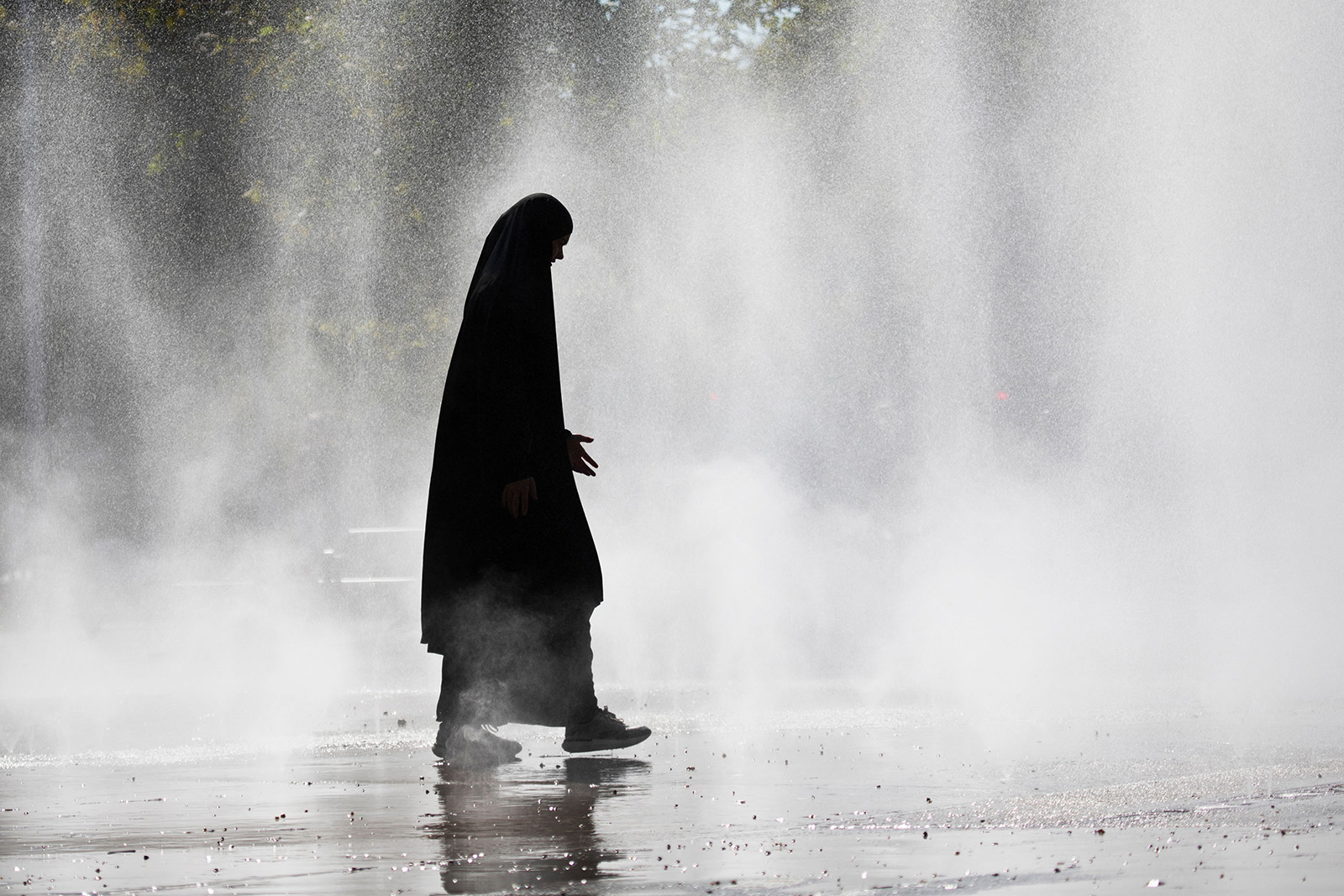
Leading lawyers and educators tell Hyphen they will appeal to Austria’s constitutional court if its parliament passes legislation prohibiting headscarves in schools
Muslim lawyers and educators in Austria are preparing to launch a legal challenge to legislation that will ban the wearing of headscarves in schools.
The new law, which seeks to prohibit the wearing of headcoverings by schoolgirls under 14, was proposed by minister for Europe, families and integration Claudia Plakolm of the conservative People’s Party (ÖVP) in September and is currently under expert review. It will be presented to the Austrian parliament at the end of October and if passed, will come into effect at the start of the 2026 school summer term.
The bill was drawn up during coalition talks between the ÖVP, the centre-left Social Democrats (SPÖ) and the liberal Neos, when they formed a government in February. It has the backing of all three parties despite being opposed by 93% of Austrian Muslim women.
Carla Baghajati, head of the schools authority at the Islamic Faith Community of Austria (IGGÖ), argues that rather than protecting Muslim girls, the proposed ban is causing them distress and runs contrary to the core values of freedom of choice and individual responsibility taught in the Austrian education system.
“They don’t understand why this is happening,” she said of the children she represents. “Some headteachers are also concerned and feel they are being told to do something that completely goes against their ethics.”
Marawan Mansour, a leading lawyer who works alongside NGOs and anti-racism organisations on human rights, litigation and immigration cases, says that if the law is passed, he will seek support to launch a class action suit to have it overturned.
“From the standpoint of the European Convention of Human Rights and Austrian Constitution, children have agency to decide for themselves what they want to wear or not and what kind of religious practice they want to follow in their daily life,” Mansour said.
He points out that in December 2020, Austria’s constitutional court overturned an almost identical law banning schoolgirls younger than 10 wearing hijabs, passed by parliament when the ÖVP was in a coalition government with the far-right Freedom Party (FPÖ).
Then, the court ruled in favour of a legal challenge brought by the IGGÖ, agreeing with its argument that the legislation would lead to Muslim girls being marginalised. It dismissed the government’s argument that Muslim girls are coerced into wearing headscarves by their families and communities, ruling that religious symbols are worn by individuals for all sorts of reasons. Schools, it advised, should be places of pluralism and inclusivity.
“This [new] law doesn’t address the reasons the constitutional court overturned the previous ban, so I believe the chances of successfully challenging it are very high,” Mansour said.
In her draft legislation, Plakholm, who has described the headscarf as “a symbol of oppression”, proposes to extend the ban to both state and private schools and apply it to girls up to the age of 14. Parents who allow their daughters to wear head coverings could face fines of between €150 and €1,000, or up to 14 days in prison.
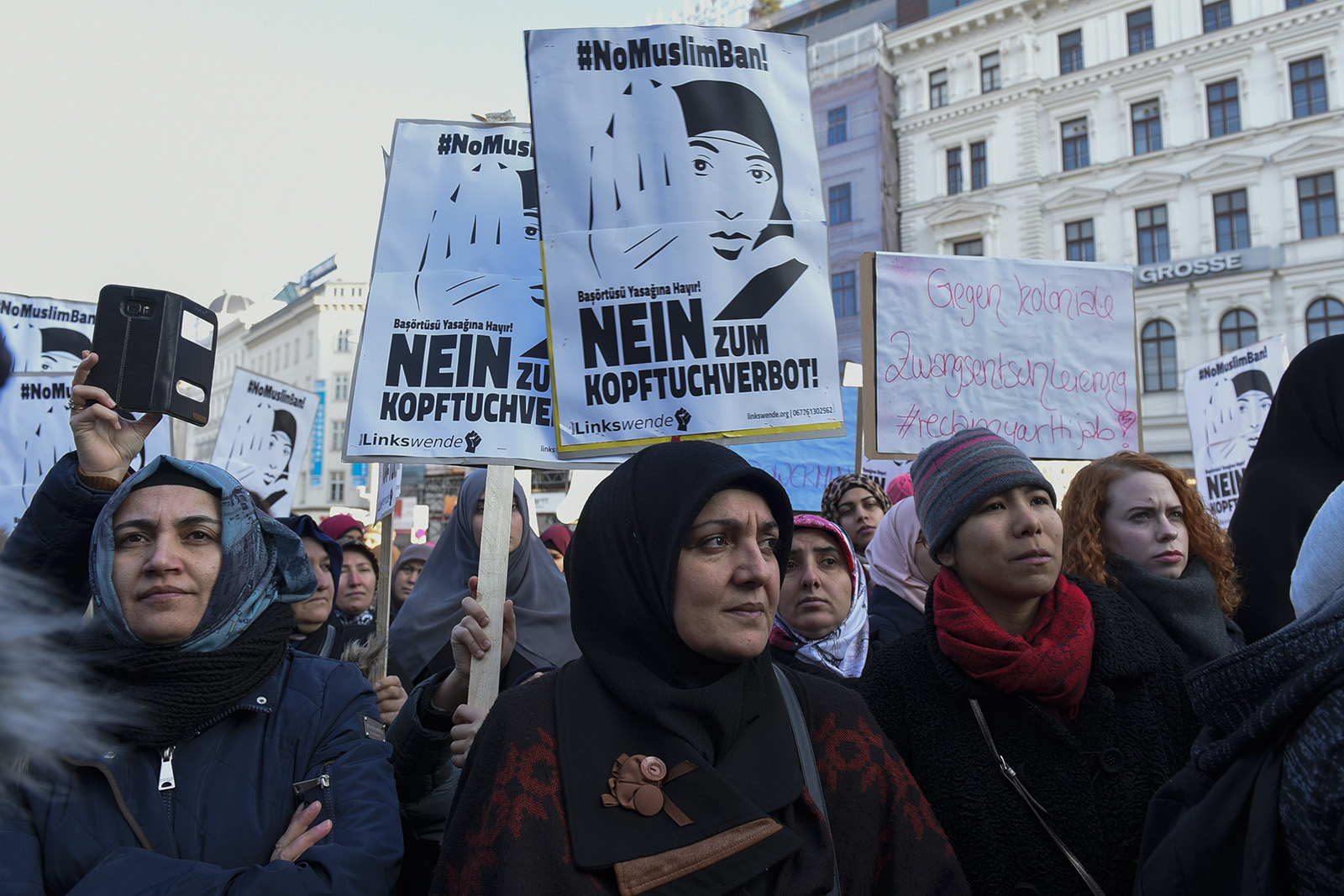
The government has provided evidence it says disproves the 2020 ruling. It points to the example of France, where all religious symbols are banned in state-run buildings, citing a single French study that found prohibition of headscarves in schools led to more Muslim girls completing their education. Several other studies, including a survey conducted by Stanford University, have found the opposite: that it adversely affects Muslim girls’ ability to complete their education and their chances of success at work.
The government also argues that because Austrian law states parents can choose a child’s religious denomination up to the age of 14, Muslim girls are not capable of independently choosing to wear a hijab.
Mansour is confident these arguments, which he describes as “very weak”, will not convince the constitutional court.
The IGGÖ is also considering launching a constitutional challenge if the law is passed. Baghajati believes the government’s attempt to revive a ban already ruled unconstitutional reveals a worrying lack of respect for the rule of law.
“The court pointed out very clearly that the ban goes against certain rights that are in our constitution,” she said. “And no one is recognising this as a signal that we need to act. Our society is becoming more and more polarised and this is dangerous.”
She views the legislation as part of a broader rise in Islamophobic rhetoric among mainstream politicians, which she says intensified following the 2024 general election in which the far-right FPÖ won the largest number of votes but was unable to form a coalition government. A recent survey by the EU’s Agency for Fundamental Rights reported that 71% of Austria’s 745,608 Muslims have experienced racism — the highest number of any member state surveyed.
“[ÖVP politicians] have a different rhetoric to the far right and say they are only against political or radical Islam,” Baghajati said. “But the problem is they frame normal practices of Islam as signs of radicalisation.”
Mansour agrees that the proposed headscarf ban is motivated by politics rather than concerns for the welfare of children. “I think [the government is] trying to score political points and position themselves as tough on immigration,” he said.
 Newsletter
Newsletter


